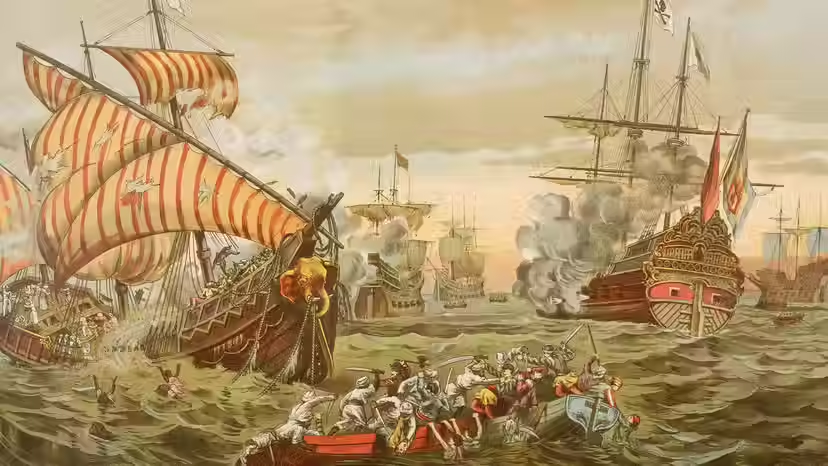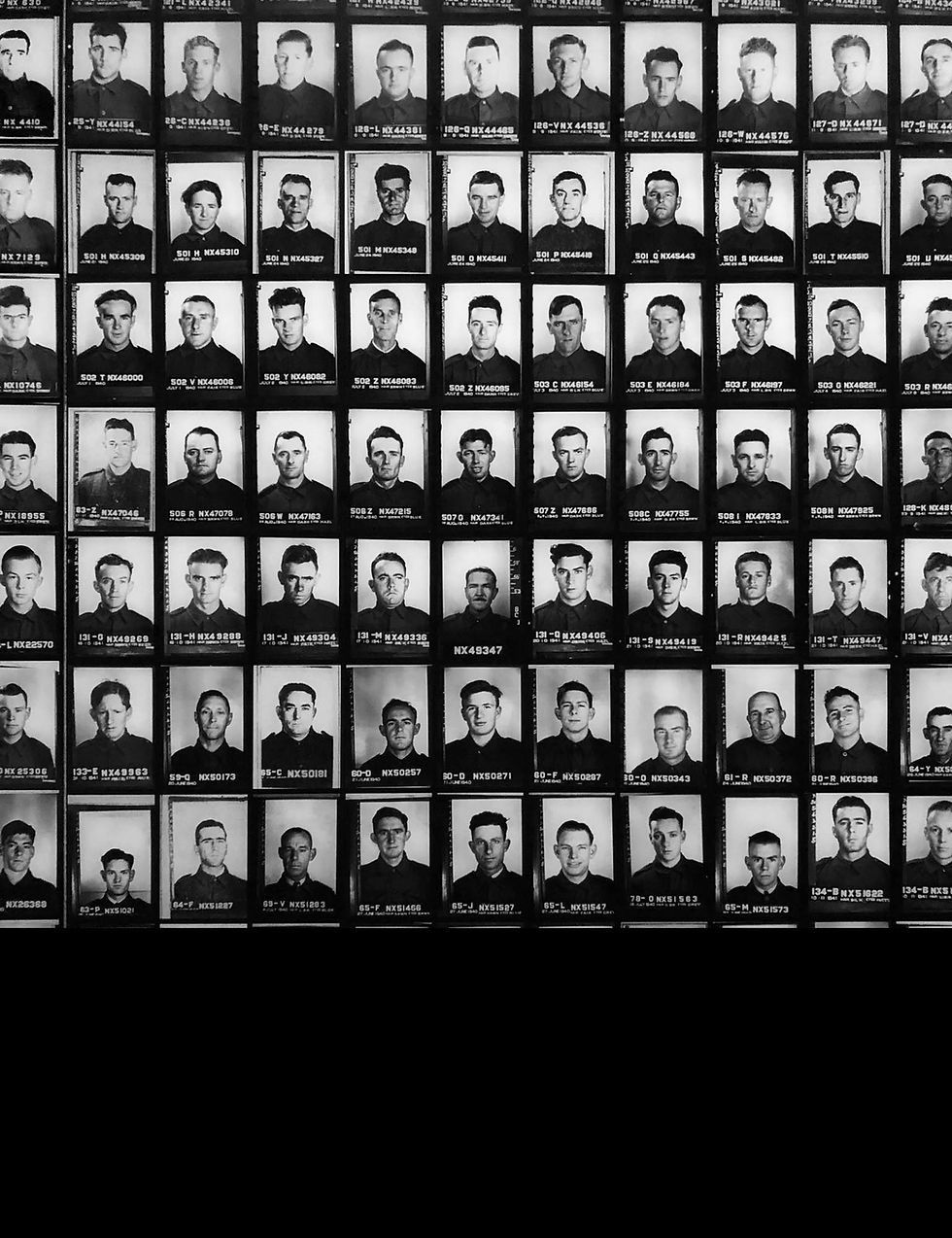The Bloody Legacy of Vasco da Gama
- devanandpaul
- Jul 20
- 6 min read
Updated: Jul 21

Back in school, I learned about Vasco da Gama as a great explorer—the man who discovered a sea route from Europe to India. He was presented as a hero, having connected two distant worlds and brought riches to Portugal.
For a long time I believed that story.
Recently however, when I began digging deeper into his legacy, I found another tale—one riddled with ambition, violence, and vengeance. Yes, he was a skilled navigator and a bold leader. But he was also driven by power, religious zeal, and a thirst for domination. Some of his actions were so cruel, they shattered the noble image I once held of him.
In this blog I venture beyond the legend—to explore the man, the myths, and the uncomfortable truths.
The Race for Spices
In the 15th century, European kingdoms were scrambling for a route to the East, drawn by valuable spices like cinnamon, pepper, and nutmeg. The land route was long and expensive, and was controlled by Muslim empires.
In 1488, Portuguese explorer Bartolomeu Dias sailed around the Cape of Good Hope, Africa’s southern tip, proving a sea route to the Indian Ocean was possible; however, lack of understanding of monsoon winds made him put the idea on hold.

In 1492, Spain sponsored Christopher Columbus. He did not reach India, but discovered the Americas, pushing Portugal to act fast. King Manuel I of Portugal handpicked a relatively unknown nobleman—Vasco da Gama—to attempt the sea route once more.

The Voyage That Changed the World
On 8 July 1497, da Gama started his voyage from Lisbon with four ships and 170 men, including his brother Paulo. Rather than follow the coast, he veered far west into the Atlantic, catching strong winds. He passed just 600 miles from today’s Brazil.
After 13 weeks at sea without sight of land, they reached St. Helena Bay, on Africa’s west coast. By Christmas, they had successfully rounded the Cape of Good Hope.

In Mozambique, things did not go well. The local Muslim rulers, used to fine trade and luxury goods, were unimpressed by da Gama’s simple gifts like bells and wool. Insulted by their mockery, da Gama left angrily, firing cannons as he departed.
But luck changed once they reached Malindi (now in Kenya). A skilled local navigator who knew the monsoon winds agreed to guide them across the Indian Ocean.
After 27 tough days at sea, they reached Kozhikode (Calicut, in Kerala) in southern India.
Triumph at Sea, Failure on Land
In India, Da Gama expected Christian allies and easy trade. Instead, he met a bustling spice market dominated by Arab Muslim merchants. His trade goods—iron tools, wool—were seen as cheap trinkets. Locals demanded gold and silver. So as a trader, he could not make any real deals, and returned with very little.

The journey home was terrible. Many of his men died from disease—only 54 of the 170 survived.
Despite his failure in trade, when he reached Lisbon, he was treated as a hero. He had done something no one else had: sailed from Europe to India and back.

The Second Voyage: When the Sea Burned with Silence
Da Gama returned to India in 1502—not as a diplomat but as a warlord.
Commanding ten heavily armed ships, he sought to shatter the Muslim dominance of the Indian Ocean trade. En route, he bombarded African ports demanding submission.

Then came the most horrifying chapter of his career.
Off the coast of Madayi (Malabar Coast, present-day Kerala), the Portuguese attacked a ship named Mirim sailing towards Mecca, carrying over 400 Muslim pilgrims from Kozhikode. Among them were women, children, merchants, an Egyptian ambassador, and the ship’s owner—all unarmed, carrying only gold for their journey and hopes for a holy pilgrimage.

The passengers begged for mercy, offering gold and jewels. Mothers, holding up their children, pleaded for their lives. Yet da Gama showed no mercy.
His men looted the ship, locked the passengers inside, and set it on fire. Their cries rose with the smoke. Only 20 children were spared, who were forced to convert to Christianity. The rest were lost to the flames and sea.
A City Held Hostage
Leaving Cannanore, da Gama sailed to Kozhikode, burning with anger; he blamed the Zamorin—the title of the erstwhile Hindu ruler of the Kozhikode kingdom, in the Malabar region of India (now Kerala)—for his past troubles and demanded that all Muslims be thrown out of the city before any peace talks could happen.
The Zamorin, aware of da Gama’s violent streak, offered to restore relations, but refused to throw out the Muslims, because Calicut was a city of many communities, and Muslims had lived and traded there for centuries.
Quietly, he sent a message to the raja of Cochin, seeking his cooperation and warning him not to trust the Portuguese. But the Cochin ruler handed the message to da Gama, strengthening his opinion of Indian rulers as duplicitous.
Having refused da Gama’s demand to expel the Muslims from the city, the Zamorin sent a Brahmin priest named Talappana Namboothiri to negotiate. Accusing him of spying, da Gama ordered his men to cut off the priest’s ears and lips and sew dog ears to his head and sent him back.
Then came the attack.

For two days, da Gama’s ships bombarded Calicut. Temples, homes, and markets were destroyed. His army captured supply boats, mutilated the crews, and sent them back with a threat: pay for Portuguese losses or expect more bloodshed.
The High Price of Spices
Trade along the Malabar Coast came to a halt. Kozhikode, once a thriving centre of the spice trade, lay in ruins. The Zamorin tried to strike back with a fleet, but da Gama’s ships crushed the Zamorin’s navy.

The Decline of Vasco Da Gama’s Power
With Kozhikode weakened, da Gama turned his attention to Cochin and Cannanore—rival ports that welcomed the Portuguese. He filled his ships with spices and riches, and in early 1503, he departed for Portugal, leaving behind him the coast scarred by violence. The India he had once seen with curiosity had turned into a war zone.
Before leaving, da Gama left behind a small squadron led by his uncle, Vicente Sodré, with orders to protect Portuguese trade posts and disrupt Kozhikode’s shipping.
Vasco da Gama returned to Portugal in September 1503. His mission, however, had fallen short: He failed to bring the Zamorin to heel, and his uncle was unsuccessful in defending the Portuguese factory in Cochin—setbacks which likely cost da Gama further honours at the king’s court.
When it was time to appoint the first governor and viceroy of Portuguese India in 1505, King Manuel I passed over da Gama, choosing Francisco de Almeida instead—a clear sign that da Gama’s star had dimmed.
The Final Voyage of Da Gama
After the king’s death in 1521, his son, King John III, began reviewing the administration of the Portuguese empire overseas. He decided to send da Gama to India as the new governor.

In April 1524, da Gama left Portugal with a fleet of 14 ships. He sailed on the grand carrack Santa Catarina do Monte Sinai—her last voyage to India—accompanied by his two sons, Estêvão and Paulo. (Carrack is a large three- or four-masted European merchant ship of the 15th and 16th centuries.)

But soon after arriving in India, da Gama contracted malaria, and on Christmas Eve, 1524, just three months after reaching the shores of Cochin, he died.
He was buried in St. Francis Church in Fort Kochi; however, in 1539, his remains were taken to Portugal.

Conclusion: What the Waves Remember
Vasco da Gama came to India chasing spices and sea routes. He found both—and changed history. His voyages opened sea routes, connected continents (Europe, Africa, and Asia), and ushered in a new age of global trade.
But the tide he rode also carried violence. He brought warships where words could have unlocked access to better experiences and resources. Thus, his name is etched not just in the annals of exploration but also in the shadows of empires.
What stays with me is not just his ambition but the cost of it. The burning ships. The silenced prayers. The cities that welcomed them were left wounded.
History often celebrates the one who arrives. But it is key to remember those who were already there.
As we retell da Gama’s story, let us state both the good and the bad: the navigator and the conqueror, the man who changed the world and the pain the change left behind.
Let the sea speak not just of glory but of grief.
‘For every explorer whose name we remember, there are a thousand souls the sea forgot.’
—Anonymous
Related posts:




Now that we are re-writing our hisyory books, we must edit this part too and stop potraying him as a hero!
This write-up of yours gives a vivid look into the life of a feared and formidable explorer. Disturbing at times, yet undeniably captivating.